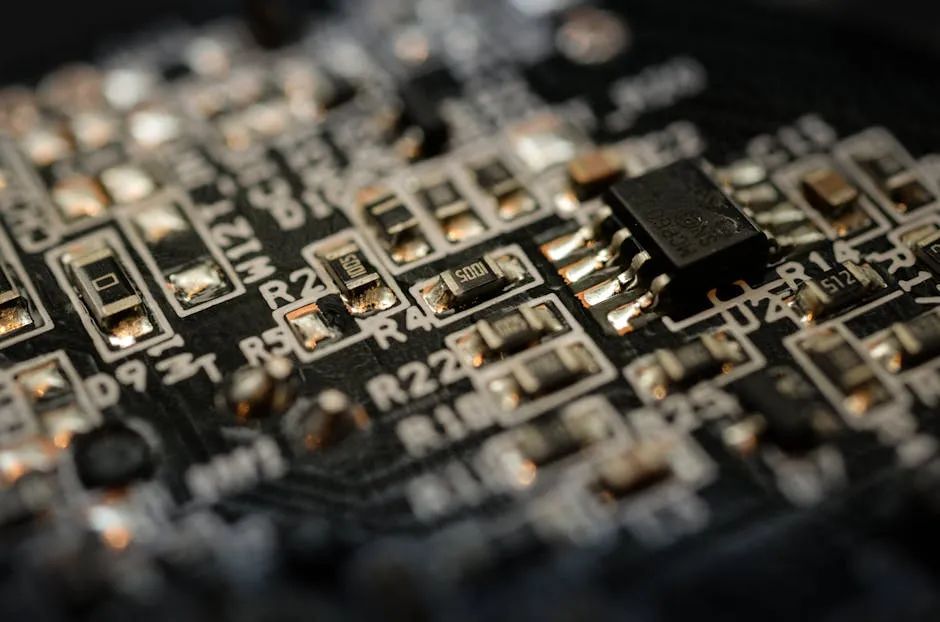An Analog-to-Digital Converter (ADC) is primarily used to convert continuously transmitted analog signals into digital signals, facilitating rapid processing and analysis of transmitted information by digital systems (such as CPUs and MCUs).

Generally speaking, the different quantization mechanisms of ADCs are one of the key factors determining the complexity and performance of ADC design, as well as the main basis for distinguishing various ADC architectures. The specific architectures and details are as follows:
1. Full Parallel Characteristics: Simple principle, fast speed, but costs and power consumption increase exponentially with precision; Quantization mechanism: All conversion levels are generated by a differential amplifier; Main circuits: Sample-and-hold circuit + preamplifier circuit + comparator + encoding circuit.
2. Two-Step Characteristics: Low hardware cost, but the fine quantization circuit relies on the coarse quantization circuit, making its speed relatively low; Quantization mechanism: The coarse quantization circuit first generates high-order digital codes, then extracts the remaining voltage to allow the fine quantization circuit to generate the remaining low-order codes; Main circuits: Sample-and-hold circuit + coarse quantization ADC + DAC + differential amplifier + fine quantization ADC + encoding circuit.
3. Folding Interpolation Characteristics: Contains both coarse and fine quantization circuits, which work in parallel, thus the ADC speed is relatively fast; Quantization mechanism: The coarse quantization circuit performs high-order quantization coding while the fine quantization circuit performs low-order quantization coding through folding interpolation; Main circuits: Sample-and-hold circuit + coarse quantization ADC + folding interpolation circuit + synchronous encoding circuit.
4. Pipeline Characteristics: Multi-step ADC, suitable for medium speed and medium to high precision applications; Quantization mechanism: The front-end circuit performs high-order quantization coding, the remaining voltage is amplified and sent through sample-and-hold to the next stage circuit for quantization coding; Main circuits: Sample-and-hold circuit + coarse quantization ADC + DAC + differential amplifier + fine quantization ADC + encoding circuit.
5. Successive Approximation Characteristics: Lower hardware cost, low power consumption, serial output of codes, relatively slow speed; Quantization mechanism: First compare the highest bit, then compare the following bits according to the binary weighting ratio; Main circuits: Sample-and-hold circuit + DAC + comparator + digital control circuit + shift register.
6. Oversampling Characteristics: High precision, relatively slow speed, especially suitable for audio signal processing; Quantization mechanism: Uses a high-speed clock to oversample the input signal and employs noise shaping techniques to suppress quantization noise; Main circuits: Sample-and-hold circuit + differential amplifier + integrator + comparator + digital filter.
This article is an original article from Fan Yi Enterprise Training, please indicate the source when reprinting!
Submissions/Recruitment/Advertising/Course Cooperation/Resource Exchange; please add WeChat: 13237418207